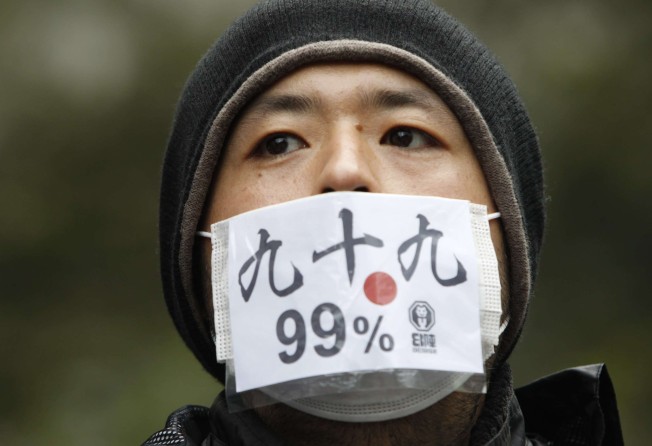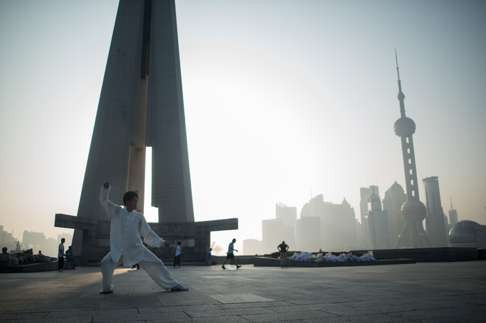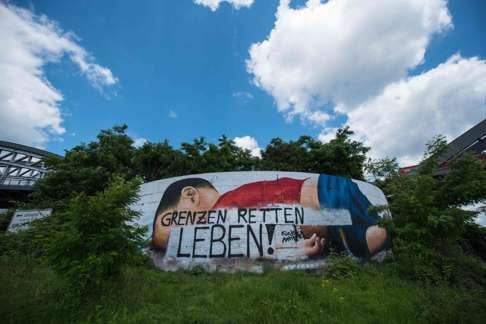After Brexit, the coming clash over globalisation
Andrew Sheng says conflict appears inevitable as we enter an age of radical uncertainties amid the relentless forces of globalisation, now aided by technology

When did globalisation truly begin? The year 1492 is associated with the discovery of America by Christopher Columbus. By 1498, when Vasco da Gama opened up the sea route via the Cape of Good Hope to Asia via Africa, trade became truly globalised. Prior to 1492, trade between Europe and Asia was dominated by Islamic traders from Spain to Malacca, via the sea route and also overland via Baghdad to China through the Silk Road.
The year 1492 was a watershed for globalisation. It also marked the reconquest of Spain when the last Islamic fortress of Alhambra in Granada surrendered. In that year, the expulsion of Jews and Moors from Spain began, drawing a line on the Golden Age of Islam.
The rise of the West is commonly associated with the Renaissance. But the revival of Greek philosophy and science in Europe owed no small measure to Islamic philosophers and travellers who went to Asia and Africa after Marco Polo’s journey to China.
There is increasing awareness that even though there was considerable trade between Rome and the Indian and Chinese market during the time of Christ, it was essentially Euro-Asian trade. What was remarkable was that within 100 years of the discovery of America, Spain and Portugal had opened up the American and Asian markets. From 1530 to 1670, Europe imported over 255 tons of gold and 150,000 tons of silver from South America, enabling it to finance its Industrial Revolution.

The five centuries of globalised trade after 1492 may be divided into two halves. Up to roughly 1750, the Europeans were attracted to the wealth of Asia, particularly India and China. Economic historian Angus Maddison estimated that, in 1700, the gross domestic product of Asia (in purchasing power parity basis) was US$214 billion, or nearly 58 per cent of world GDP. China alone accounted for 22 per cent of world GDP. By comparison, Western Europe had an estimated GDP of US$81 billion. But once the Europeans had started competitively to carve up colonies in Asia, Africa and the Americas, the proceeds of colonisation brought new wealth and new markets.
After two centuries of land grab, the global game changed with the independence of the American colonies in 1776, which caused the English to turn further Eastwards to consolidate their empire. By 1870, Europe plus America accounted for nearly 54 per cent of world GDP.
But what was remarkable was the growth of the US. By 1870, only five years after the end of its costly civil war, the US had already matched Britain in terms of GDP, but it took another 70 years before the US dollar replaced sterling as the global reserve currency. Globalisation was driven by Western science and technology, armaments and modern finance, but also dramatic improvements in sea, air and finally telecommunications.

Today, globalisation is driven not only by trade, finance and people, but also by digital information. According to the McKinsey Global Institute, there are 244 million people living outside their home country. But it is the rising level of international migration that has sparked fear in Europe. World financial markets are quivering after Britain’s vote to leave the EU. As someone wise told me recently, we are shifting from an age of risk to an age of radical uncertainty.
There are so many unknown unknowns that even the generally internationalist Brits have had second thoughts about being European. The average person is so bombarded with uncertainties, from terrorism to fear of job loss, that it is too easy to blame foreigners and new migrants. The rise of Donald Trump and other politicians who preach isolationism reflects people’s unease about the uncertainties brought about by globalisation.
But as technology connects everyone, globalisation cannot be stopped. Nevertheless, governments are clamping down on the internet, due to cybersecurity concerns and fear of the spread of extremism. People are moving into gated communities trying to shield themselves from unknown unknowns. We may not yet have reached a clash of civilisations, but as the drums of war are being beaten, a clash or crash of globalisation is no longer so far off.
Andrew Sheng writes on global affairs from an Asian perspective